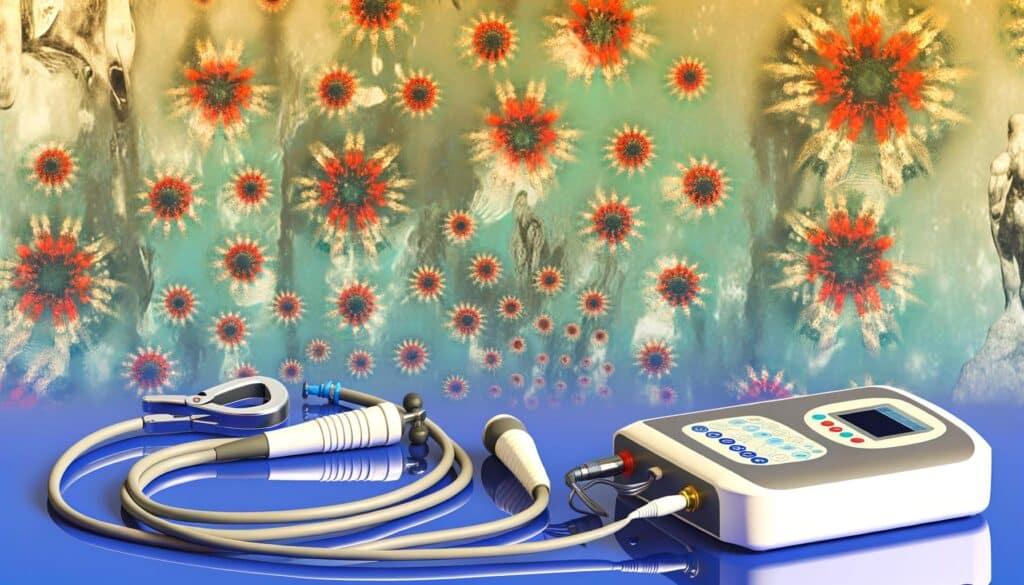Physical Therapy as a Non-Invasive Solution
Physical therapy stands out as one of the most effective non-surgical treatments for managing hip pain. A tailored physical therapy program can help strengthen muscles, improve joint stability, and increase flexibility, thereby reducing pain. Therapists may employ techniques such as:
- Range-of-motion exercises: To maintain or restore the natural movement of the hip joint.
- Strengthening exercises: Focused on the muscles supporting the hip to alleviate excessive stress on the joint.
- Stretching exercises: To reduce muscle tension and improve flexibility around the hip.
These exercises are usually tailored to the individual’s specific condition, emphasizing gradual progression to avoid further injury.
Medications for Pain and Inflammation
For those dealing with hip pain, medications can offer significant relief and are often an integral part of non-surgical treatment plans. Non-prescription medications such as nonsteroidal anti-inflammatory drugs (NSAIDs) can help reduce inflammation and alleviate pain. In some cases, doctors may prescribe stronger medications or corticosteroid injections to provide additional relief. However, it is crucial to use medications under the guidance of a healthcare professional to minimize side effects and ensure they are appropriate for the patient’s specific condition.
Lifestyle Modifications and Home Remedies
Incorporating certain lifestyle changes can have a profound impact on hip pain management. Simple modifications and home remedies include:
- Weight management: Maintaining a healthy weight reduces stress on the hip joints.
- Rest and Ice: Regularly resting and applying ice packs can help reduce inflammation and pain after physical activity.
- Proper footwear: Wearing supportive shoes can improve posture and alleviate pressure on the hips.
- Ergonomic adjustments: Using ergonomic furniture and adjusting seating positions can help minimize discomfort and stress on the hip joints.
These lifestyle tips can complement other treatments and support long-term management of hip pain.
Exploring Alternative Therapies
Alongside traditional methods, alternative therapies can offer additional relief for hip pain sufferers. Some of these therapies include:
- Acupuncture: This ancient technique can be effective in reducing pain and improving mobility by stimulating certain points on the body.
- Chiropractic care: Through manual adjustments, chiropractors can help improve joint alignment and relieve pain.
- Yoga and Pilates: These practices enhance flexibility and strength, often contributing to reduced hip pain and improved joint health.
While alternative therapies may not be suitable for everyone, they can be beneficial additions to a comprehensive treatment plan under professional guidance.

